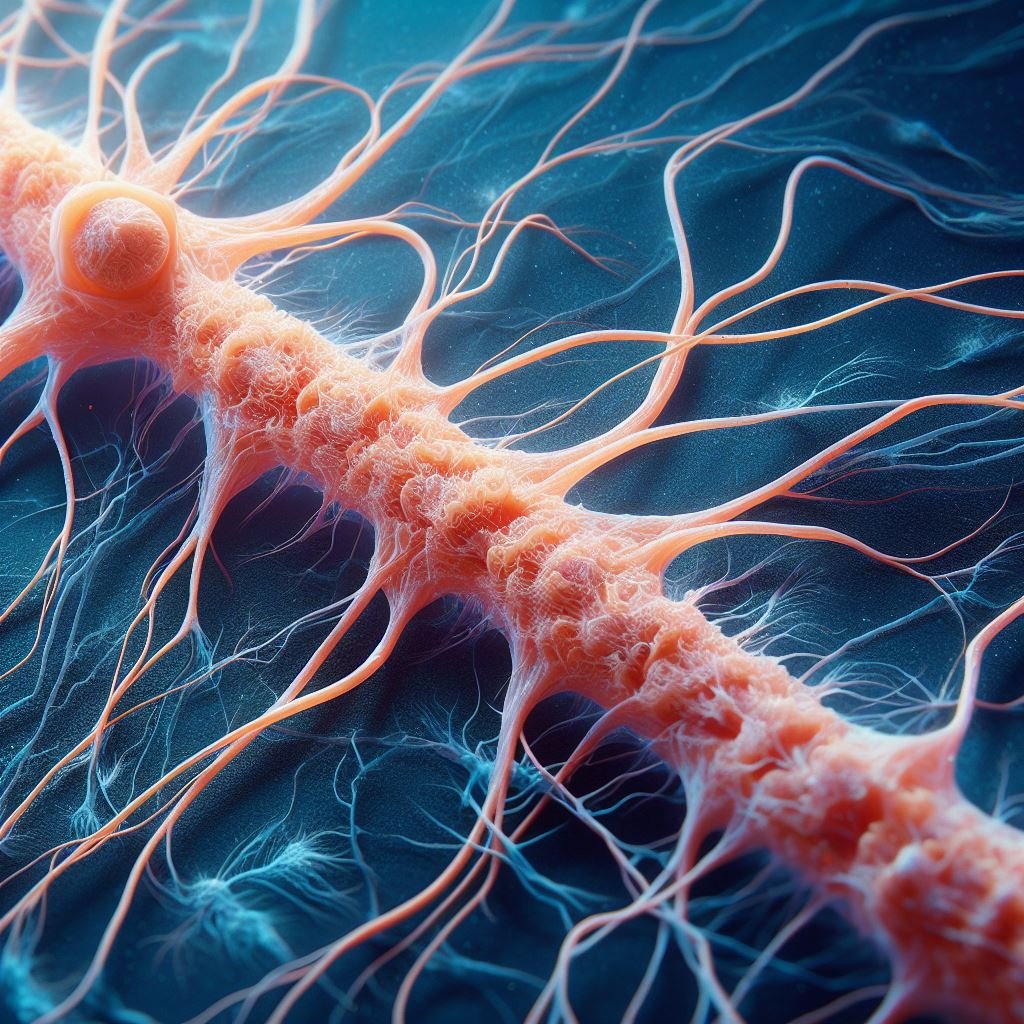
The JUpiter ICy moons Explorer (JUICE) spacecraft’s magnetometer instrument, J-MAG, has successfully passed rigorous tests, proving its readiness for the mission ahead. Developed by, amonst others, researchers at Imperial College London, the J-MAG boasts three cutting-edge sensors, says the university in a press release. This marks the first time a delicate quantum interference sensor has been used beyond Earth’s orbit. J-MAG’s mission is to characterise the oceans beneath Jupiter’s moons, Ganymede, Callisto, and Europa, and assess their potential to support life. With the spacecraft set to reach the Jupiter system in eight years, this early success is a crucial milestone for the mission’s feasibility.
A Trio of Sensors
The J-MAG instrument comprises three sensors: one designed at Imperial College London, another at the Technische Universität Braunschweig, Germany, and the third at the Austrian Academy of Sciences (OeAW) in partnership with Graz University of Technology, Austria. The sensors built at Imperial College London and Braunschweig are ‘fluxgate’ sensors, which can measure the direction and strength of magnetic fields. These are labelled ‘outboard’ (MAGOBS) and ‘inboard’ (MAGIBS) sensors, respectively, with MAGOBS mounted close to the end of a 10.6m boom to isolate it from the spacecraft’s influence.
Fluxgate sensors require regular in-flight calibration, but the magnetic environment around Ganymede is so complex and rapidly changing that traditional calibration techniques will not work. As a result, a new calibration method was needed using a sensitive and accurate quantum sensor, labelled MAGSCA.
A Quantum Leap in Sensor Technology
MAGSCA, developed in Austria and located at the tip of the boom, measures the absolute strength of the magnetic field using the Zeeman effect, which causes a splitting of electron energy levels in proportion to the strength of the magnetic field. The quantum effect is generated by specifically modulated laser light interfering with rubidium atoms in MAGSCA’s glass cell. This measurement is free from calibration errors because the effect is based on fundamental physical constants. Consequently, MAGSCA can calibrate the other two sensors, allowing them to fully characterise the magnetic field.
Werner Magnes, Lead Co-Investigator on MAGSCA at the Space Research Institute of OeAW, said, “Developing this new technology for the Jupiter mission was a big challenge for the entire J-MAG team, which received great support from ESA and Airbus. We are very happy that MAGSCA now works perfectly in space.”

Successful Measurements in Space
J-MAG’s first detection of the quantum interference signal to measure magnetic fields in the MAGSCA sensor occurred while the spacecraft was five million kilometres away from Earth. The three J-MAG sensors tracked the same variations in the solar wind magnetic field, confirming the excellent performance of all three sensors.
European Space Agency [ESA] and UK Space Agency, which supported the development of the J-MAG instrument, can now look forward to the wealth of data that will be collected during JUICE’s mission to Jupiter’s icy moons.
Exploring Jupiter’s Moons and the Possibility of Life
JUICE’s primary mission is to characterise the oceans beneath the outer icy crusts of Ganymede, Callisto, and Europa, and determine whether they might be able to support life. The successful testing of the J-MAG instrument is a promising start for the project, as it indicates that the technology is capable of withstanding the harsh conditions of space and performing its intended tasks.
As the mission progresses and JUICE makes its way towards the Jupiter system, the data collected by the J-MAG instrument will be crucial in shedding light on these enigmatic moons and their potential to harbour life. With the spacecraft set to arrive at its destination in eight years, scientists and space enthusiasts alike eagerly await the insights that will be revealed by this groundbreaking mission.








